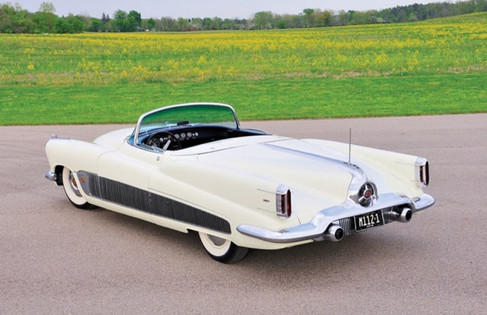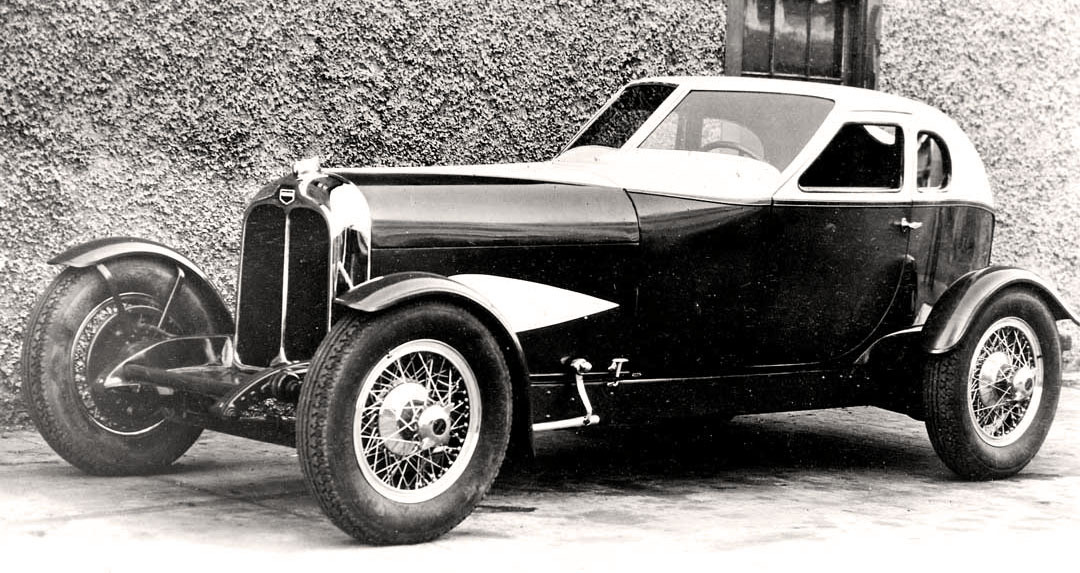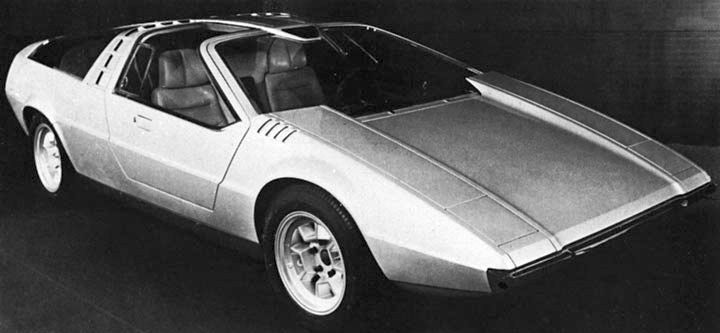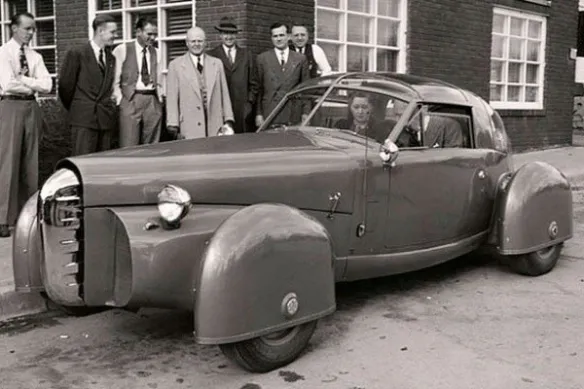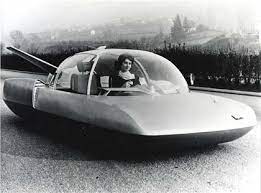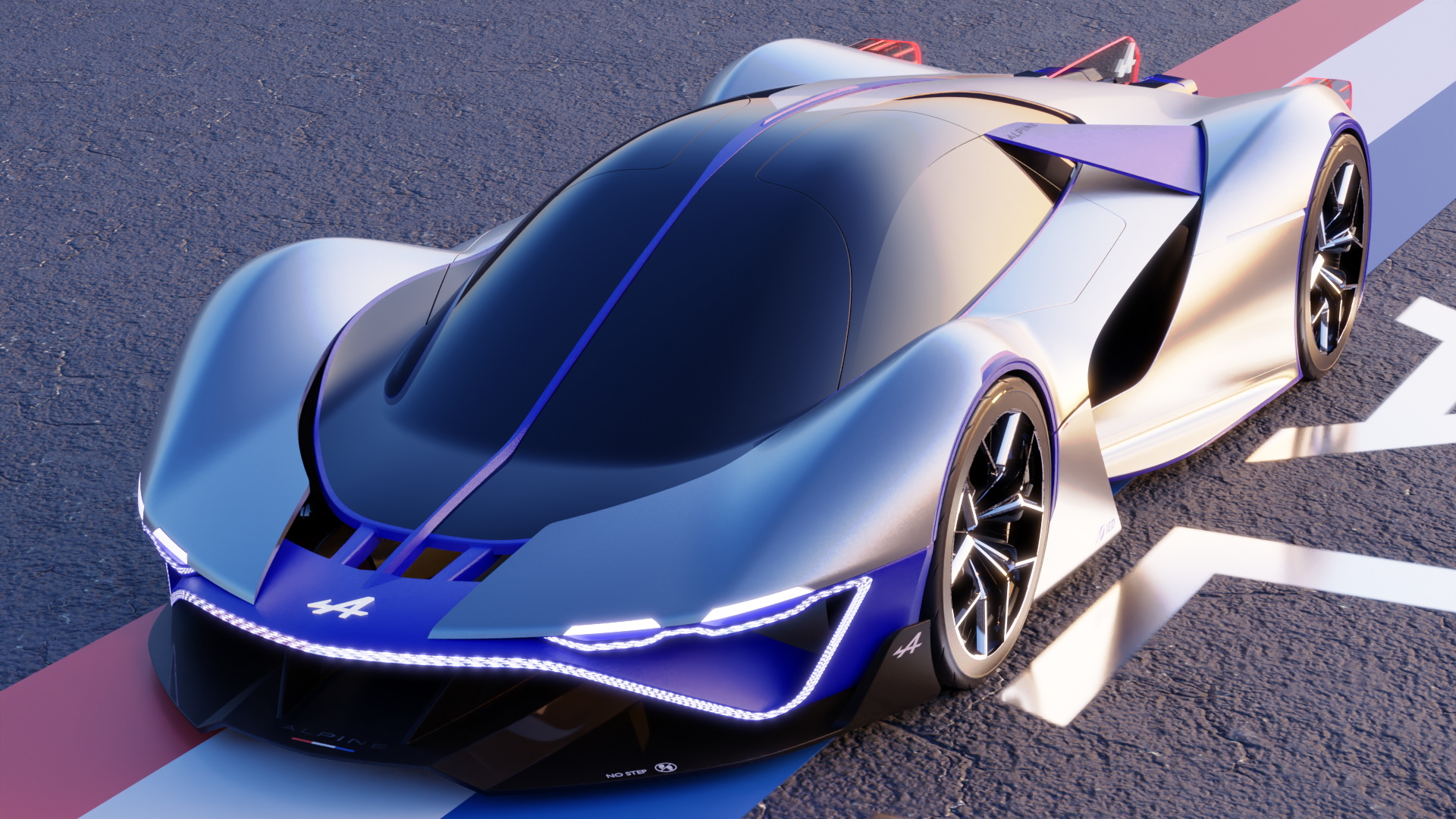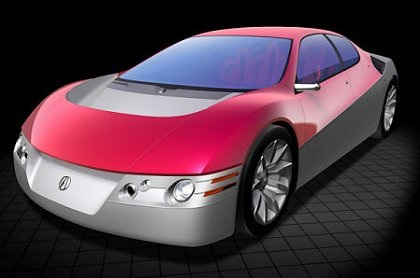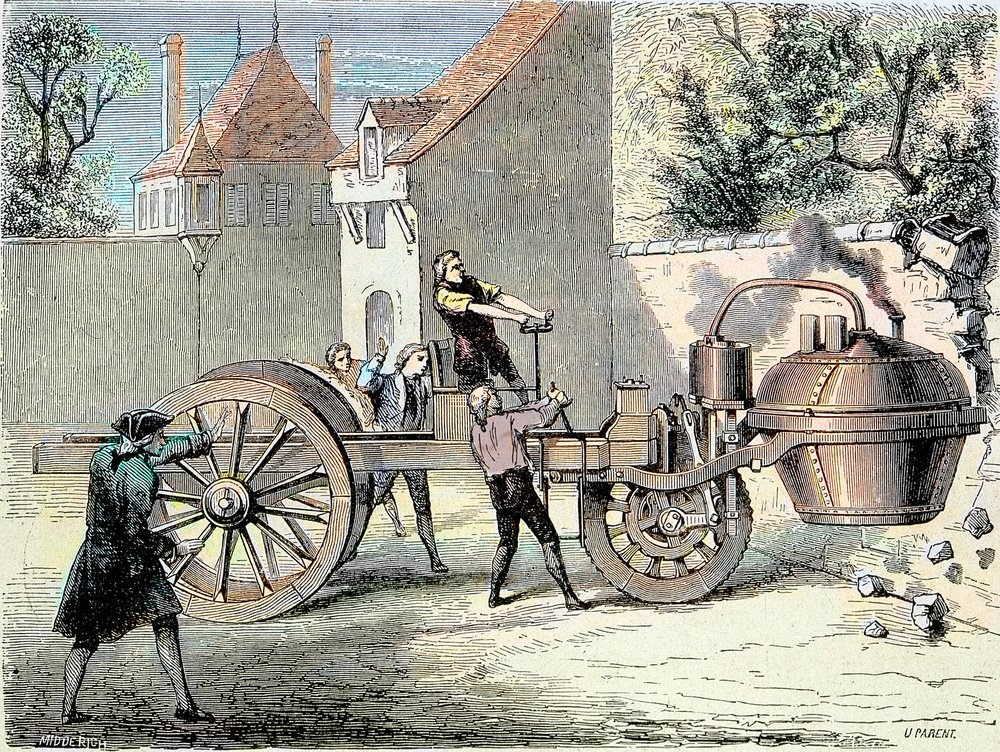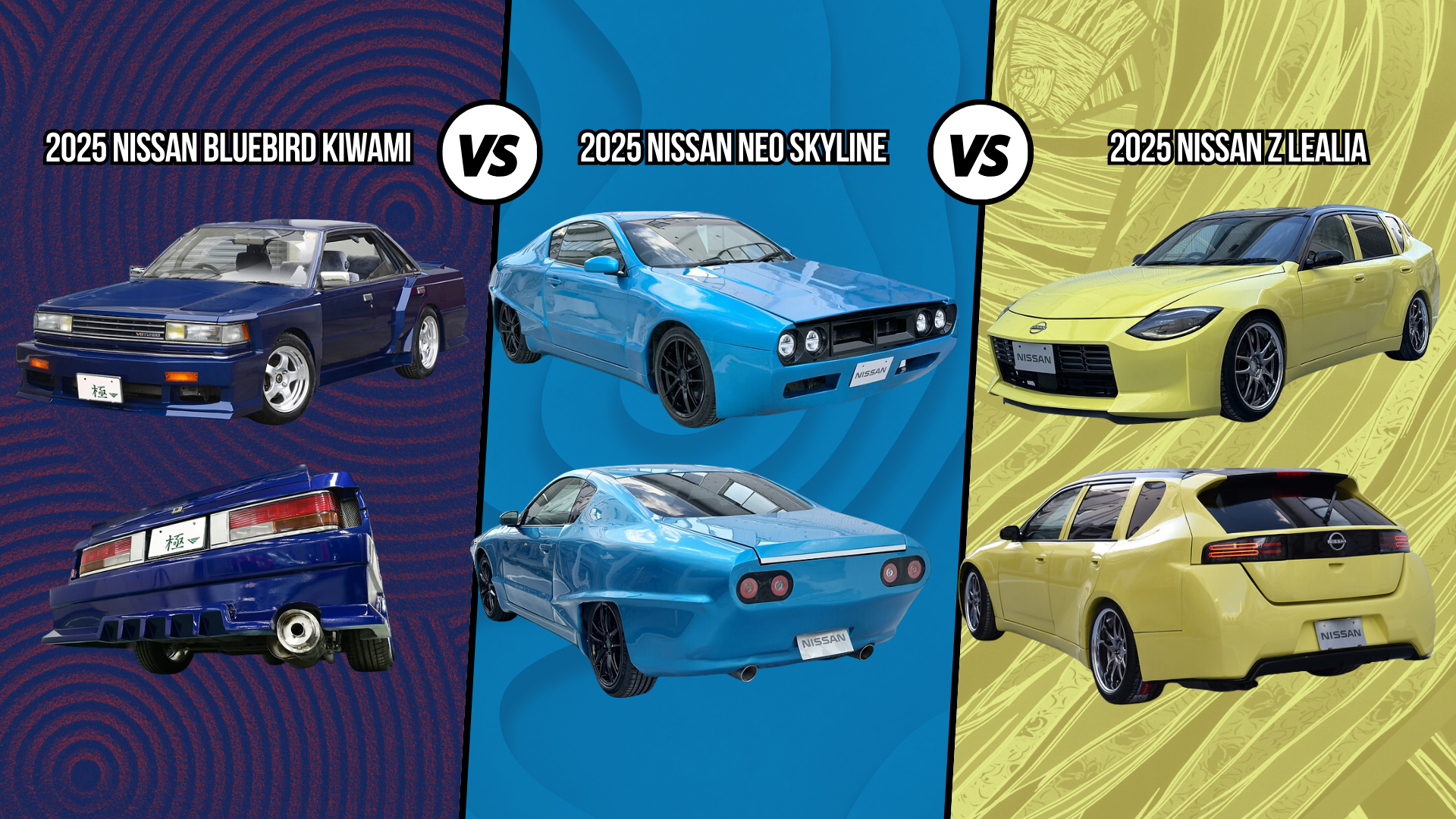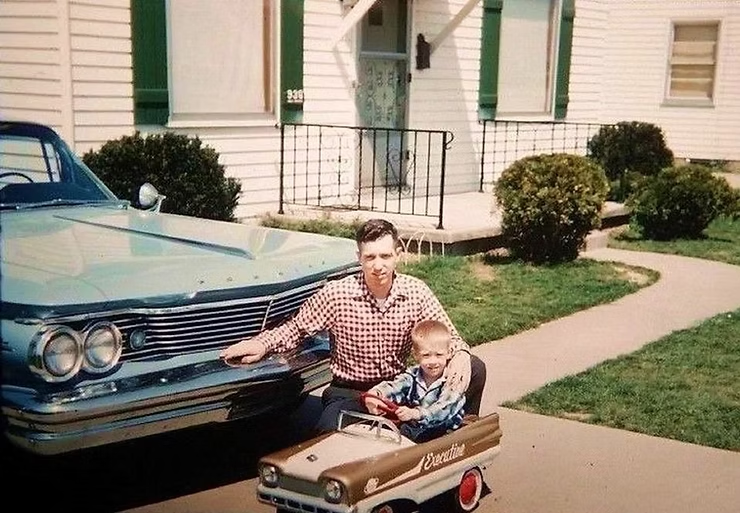1951 Buick XP-300 Concept
- Story Cars
- Mar 17
- 2 min read
The Buick XP-300 was a futuristic concept car developed by General Motors (GM) in 1951 as a technological showcase alongside the Le Sabre concept. Designed by Charles Chayne and Ned F. Nickles, the XP-300 featured advanced engineering and design elements that pushed the boundaries of 1950s automotive technology.
The XP-300's body and frame were welded together into a single unit, and its aluminum body panels helped reduce weight to 3,125 pounds (1,417 kg). Measuring 192.5 inches (4,890 mm) in length with a 116-inch (2,946 mm) wheelbase, the car embodied GM's “long and low” design philosophy. The wraparound windshield, a pioneering feature at the time, was later adopted in production models. Its three tailfins and unique grille, reminiscent of an electric razor, gave it a distinctive appearance. The car's hydraulically operated steel bars reinforced its structure when the doors were closed, enhancing safety.
Under the hood, the XP-300 was powered by a 335-horsepower (250 kW) supercharged V8 engine, capable of running on both gasoline and methanol. A Bendix-Eclipse two-barrel carburetor managed fuel delivery, automatically switching to methanol at higher throttle to prevent engine knock. The engine’s chain-driven camshaft, hemispherical combustion chambers, and high 10:1 compression ratio were ahead of their time. This lightweight yet powerful engine was paired with a Dynaflow automatic transmission, and the car reportedly achieved a top speed of 140 mph (230 km/h) in testing.
The XP-300 introduced numerous innovative features, including push-button power windows and seats, hydraulic jacks for easy tire changes, and a de Dion rear axle, similar to Grand Prix race cars. The interior was fitted with pleated blue-leather bucket seats with inflatable air bladders, a telescoping steering wheel, and an advanced instrument panel. Chrome louvers along the body served both functional and aesthetic purposes, aiding engine cooling and cabin ventilation.
The XP-300 made its debut at the 1951 Chicago Auto Show and was later featured in GM’s 1953 Motorama tour. While it was less influential than the Le Sabre in shaping future automotive designs, it contributed to styling elements found in 1953-1954 Buicks, particularly in the front and upper quarter panels. In 1966, the XP-300 was refurbished and donated to the Alfred P. Sloan Museum in Flint, Michigan, where it remains a key piece of Buick’s concept car legacy.




